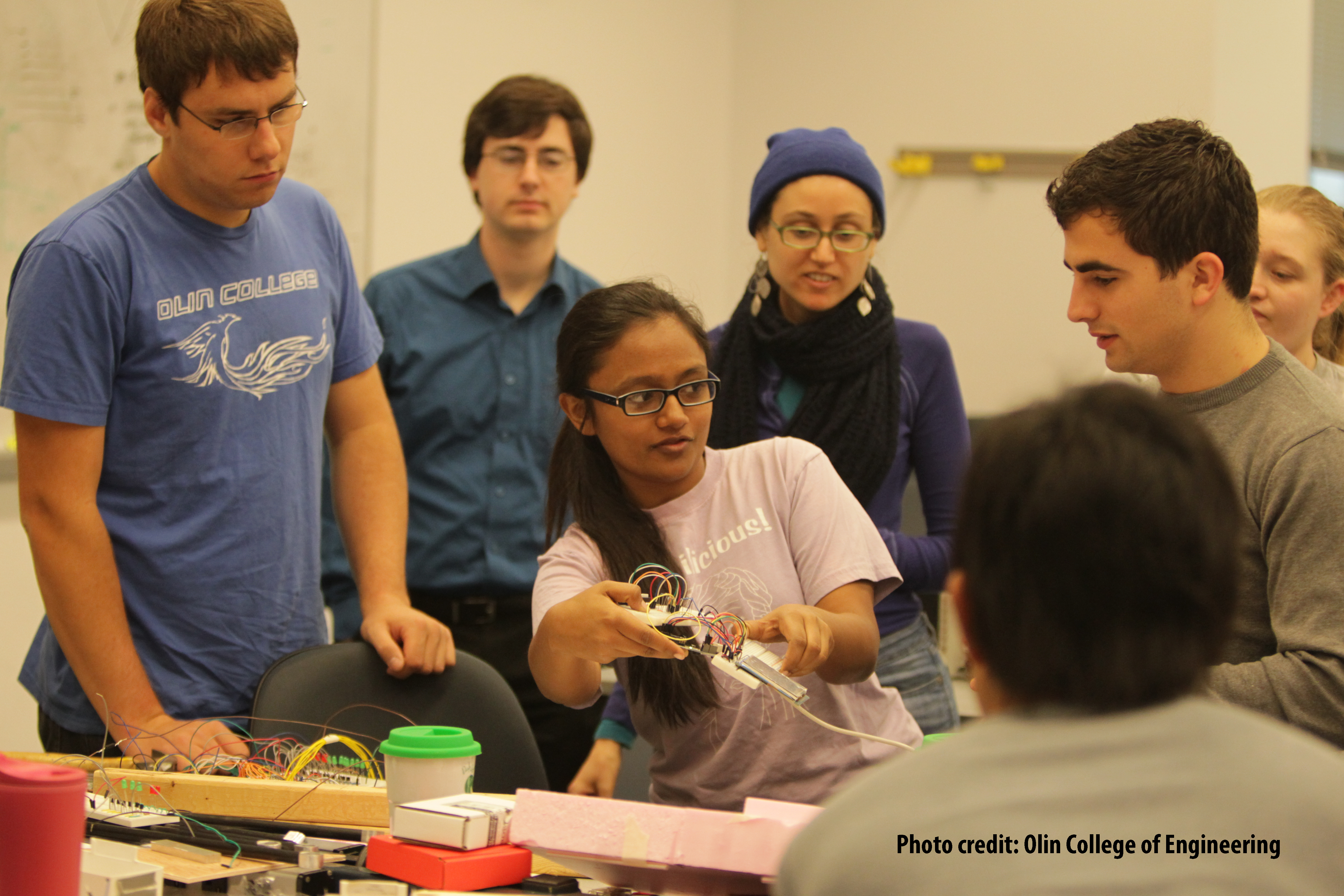Allison BrckaLorenz and Jessica Harris - Very little is known about the engagement of students from mixed racial heritage (students whose parents are of two or more different races or ethnic backgrounds). Previous research indicates that mixed-race students experience their race differently than their monoracial peers and that race has a significant impact on college student experiences. Therefore, we investigated the engagement of students from Black and White heritage to gather more information about this growing population in higher education.
Since the 1990s, many scholars have focused on the differences in engagement for students with diverse racial identities at different institution types. Previous research has explored differences in Black students' engagement and White students' engagement between institutional types, but less is known about Black and White students' engagement within different institutional types. There is even less known about students with mixed racial heritage (students whose parents are of two or more different races or ethnic backgrounds). This lack of knowledge is especially concerning given the growth of mixed racial students attending college and research showing that mixed-race students experience their race differently than their monoracial peers.
This study explored differences in engagement for White students, Black students, and students with Black and White heritage (whom we refer to as biracial) within and between institutional types, specifically Historically Black Colleges and Universities (HBCU) and non-HBCUs. Using data on the engagement of Black, White, and Black/White biracial first-year and senior students at nearly 1,000 four-year colleges and universities, we found several important results about discussions with diverse others, biracial student engagement, and biracial students' quality of interactions with others on campus.
White and biracial students at HBCUs engaged more than Black students in discussions with diverse others, but, at non-HBCUs, biracial and Black students engaged in discussions with diverse others more frequently than White students. This points to a mediating relationship between students' race, their engagement in discussions with diverse others, and the racial demographics of an institution. Having discussions with diverse others was the one area of engagement that biracial students were more engaged in than their White and Black peers at non-HBCUs and their Black peers at HBCUs. Biracial students, however, were less engaged on seven out of eleven areas of engagement measured by NSSE (including an additional eleventh measure of students perceived gains in various areas of skill and development) when compared to their Black peers at non-HBCUs and were even less engaged than their White peers at non-HBCUs.
Another concerning finding was that although biracial students reported significantly poorer quality of interactions with faculty, staff, and students than their Black and White peers at non-HBCUs, this level of interaction was still higher than biracial students' quality of interactions at HBCUs.
For more details on this study, see results presented at the 2016 American Educational Research (AERA) Annual Meeting, and look for the article "Black, White, and Biracial Students' Engagement at Differing Institutional Types" in a future publication of the Journal of College Student Development.


